Investigating the complexity of gemstones, the GIA’s grading scale elucidates the separation between F and G diamonds, illuminating their chromatic magnificence.
Main Difference: Analyzing the nuances of color distinction, F and G diamonds diverge: while G diamonds flaunt a faint infusion of yellow hue, thus granting them entry into the renowned “near colorless” bracket, F diamonds may seem indistinguishable to the naked eye yet command a premium in choosy markets.
For those desirous of an educated choice between an F and a G diamond, a comprehensive comparative assessment beckons – evaluate their unique characteristics and shared qualities alike.
Table of Contents
F vs G Color Diamond: Overview
F Color Diamonds
Steeped in the magnificence of the GIA color scale, F color diamonds stand proudly at the third highest rank. Comprising part of the colorless spectrum, these diamonds radiate a subtle hue of yellow that makes them distinct from their counterparts in D and E.
Though not quite monopolizing color purity, F diamonds maintain a flawless visual appeal when it comes to their chromatic flair. For instance, consider a gorgeous one-carat, F color diamond glimmering through high-resolution imagery.
Viewers may be hard put to spy the faint traces of yellow; it appears to conceal itself with artful delicacy. Even when compared side by side with a pristine D color diamond, both gems may appear indistinguishable to an untrained eye.
But when meticulously examined under 10x magnification, a remarkable transformation reveals itself – gemologists hunt out any trace of yellow within the F diamond through a methodical back-and-forth scan and draw comparisons with “master stones” embodying each hue’s epitome. Herein lies the marvel of precision and expertise that brings out these jewels’ alluring charm.
Read Also: VVS1 vs IF Diamonds
Characteristics and Grading of F Color Diamonds
- F color diamonds have a nearly colorless appearance, with only a faint color hint that is difficult to detect without comparison.
- They are graded on the GIA color scale, which ranges from D (colorless) to Z (light yellow or brown).
- F color diamonds are one of the highest grades in the near-colorless range, making them a popular choice for engagement rings and other jewelry.
- These diamonds offer a great balance between quality and value, as they have a stunning appearance without the premium price tag of higher color grades.
Comparison of F Color Diamonds with Other Grades
To better understand the value and characteristics of F color diamonds, let’s compare them with other grades on the GIA color scale:
| Diamond Grade | Color Appearance | Value |
|---|---|---|
| D (Colorless) | No visible color | Highest |
| E (Colorless) | Slight color hint | High |
| F (Near Colorless) | Faint color hint | Great value |
| G (Near Colorless) | Slightly detectable color | Good value |
| H (Near Colorless) | Noticeable color | Affordable |
As you can see, F color diamonds offer a near-colorless appearance at a more affordable price compared to higher color grades. They are a great choice for those who want a high-quality diamond without breaking the bank.
G Color Diamonds
G color diamonds occupy the fourth highest ranking on the acclaimed gemstone color scale, following closely behind F diamonds. Despite residing near the coveted realm of colorless stones, G diamonds are distinguished by their rarity and thereby admired by buyers with a cultivated eye for quality.
Without knowledge of its specific grade, one might easily mistake a G diamond for its higher-ranking F counterparts – only when studied under 10x magnification do the faint yellow tints become discernible to professional gemologists.
It is precisely this subtle presence that places G diamonds just below their colorless peers on the scale; were it less perceptible, then the diamond would ascend to an even higher status. With alluring brilliance and idiosyncratic grace, these captivating G color diamonds embody remarkable beauty.
Characteristics and Grading of G Color Diamonds
- Color: G color diamonds have a slight tint of yellow or brown, but it is often not perceptible to the untrained eye. The color is usually only noticeable when compared directly to higher color grades.
- Brilliance: G color diamonds are known for their exceptional brilliance and sparkle. Their near-colorless nature allows light to pass through and reflect beautifully, creating a stunning visual display.
- Clarity: G color diamonds are usually graded for clarity as well. Clarity refers to the presence of any internal or external flaws, such as inclusions or blemishes. G color diamonds typically have good clarity, enhancing their overall beauty.
Comparison of G Color Diamonds with Other Grades
When comparing G color diamonds with other grades, it’s important to understand the color scale used in diamond grading. Diamonds are graded on a scale from D to Z, with D being the highest color grade (completely colorless) and Z being the lowest (light yellow or brown). Here’s a comparison of G color diamonds with other grades:
| Diamond Color Grade | Description |
|---|---|
| D-F | Colorless diamonds with no visible color |
| G | Near-colorless diamonds with a hint of color |
| H-J | Near-colorless diamonds with a slightly more noticeable tint |
| K-M | Noticeably tinted diamonds |
| N-Z | Light yellow or brown diamonds |
Overall, G color diamonds offer a beautiful balance between cost and quality. They provide an excellent option for those looking for a near-colorless diamond with exceptional brilliance. It’s important to consider individual preferences and budget when selecting a diamond color grade.
Differences Between F Color and G Color Diamonds
Rarity
Amid countless diamonds unearthed, the majority flaunt prominent yellow and brown tints. Nevertheless, a diamond that still appears almost colorless even under magnification is a very exceptional rarity; fewer than one percent of diamonds attain such distinction.
G and F color diamonds thus emerge as gems of incredible scarcity and justify their premium prices compared to those in “faint,” “very light,” and “light” categories.
Setting
When selecting the perfect hue for your diamond ring, consider the metal setting it will be anchored in. Yellow or rose gold settings have a tendency to cast a darker glint onto the diamond, disregarding its color grade.
Therefore, seeking an ultra-high color grade may not always be economical for these combinations. Insightful buyers should contemplate lower grades such as H or I, which can deliver equally stunning results when complemented by these warm-toned mountings.
On the contrary, G and F diamonds lend their charm exquisitely when paired with white gold or platinum settings. If you are devoted to those higher hues, these metals provide the ideal backdrop to showcase the beauty and allure of these exceptional gems.
Price
The price of a diamond is influenced by various factors, including color. Generally, F color diamonds are more expensive than G color diamonds due to their slightly higher color grade. However, the price difference between the two grades can vary depending on other factors such as cut, clarity, and carat weight.
It’s important to note that while F color diamonds may have a higher price tag, the visual difference between F and G color diamonds is often minimal. Therefore, it’s worth considering G color diamonds as they offer excellent value for money.
Shapes
The unique allure of emerald, baguette, and Asscher cuts is attributed to their step-cut facets, which bestow upon them the potential to showcase more of the stone’s inherent hue.
Unlike designs that primarily emphasize light performance, these step-cut gems radiate a subtle yet captivating glow, permitting hints of yellow to still be visible.
While higher color grades grant round diamonds an almost colorless look, attentive viewers may observe the slight hint of yellow in step-cut facets.
In order to achieve a near-colorless brilliance such as with a J or I grade round diamond, one may need to ascend the color scale up to G or F; however, it is worth noting that the added cost of achieving this higher grade can be offset by the generally lower cost-per-carat for step cut stones compared to rounds.
Deciding Between F and G Diamonds
When evaluating the F and G diamonds, it is essential to understand how their color grades influence their appearance and characteristics. Even though they are close together on the color scale and appear nearly identical, selecting the ideal diamond comes down to connecting with what you expect and want.
To help make your decision, here are a few critical considerations: Are you determined to avoid the premiums related to colorless diamonds? Is having a colorless diamond paramount to you?
Could you find a diamond with a comparable appearance at a lower grade that has greater value? Does the diamond size exceed two carats, which might emphasize its hue compared to smaller versions? What kind of setting will showcase the diamond, and could the metal heighten or mute hints of yellow in the center stone?
Strolling through jewelry stores or exploring online vendors’ offerings can give you invaluable insight into F and G diamonds. Evaluating them in person or looking at high-definition images provides an in-depth understanding of each grade’s performance.
Ultimately, whether F, G, or any other grade catches your eye, rest assured that you have found your perfect gem which harmonizes with your individual requirements and preferences.
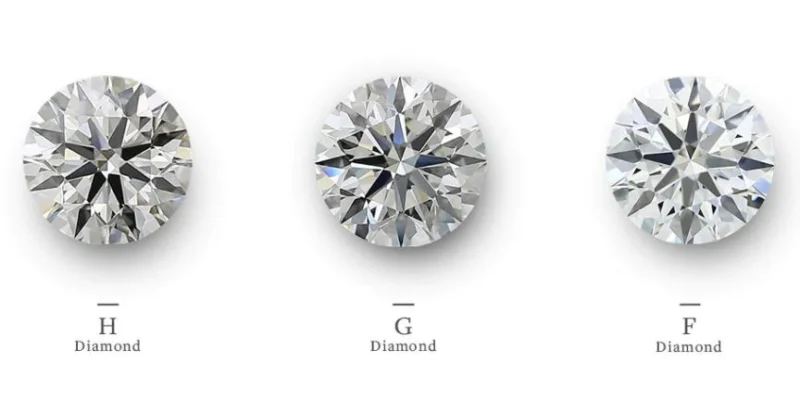
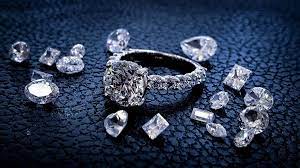
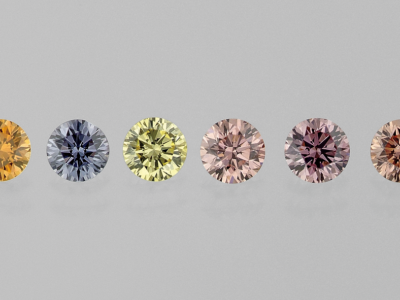
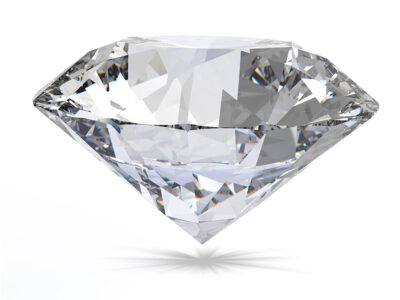

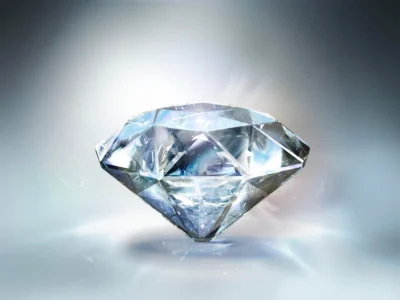
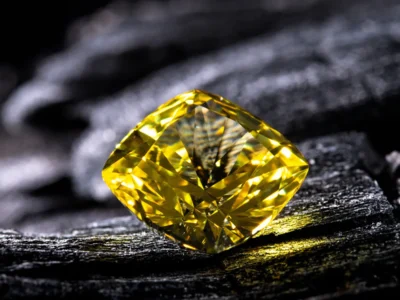
Comments